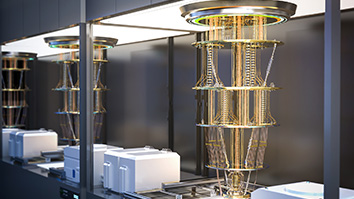Citation
Xu, H.; Garcia-Luna-Aceves, J. J. Efficient broadcast in wireless ad hoc and sensor networks with a realistic physical layer. IEEE Globecom 2008; 2008 November 30 – December 4; New Orleans, LA.
Abstract
To minimize energy consumption efficient broadcasting in ad hoc networks aims to select small sets of forwarding nodes and to minimize transmission radii. However, the physical-layer characteristics of radio links are such that chosen receivers may not be able to decode packets sent to them, even without multiple access interference. We present an analytical model to show that the transmission radii used for nodes can be used to establish a tradeoff between minimizing energy consumption and ensuring network coverage. We then propose a mechanism called $redundant$ $radius$, which involves using two transmission radii, to form a buffer zone that guarantees the availability of logical links in the physical network, one for broadcast-tree calculation and the other for actual data transmission. The effectiveness of the proposed scheme in improving network coverage is validated analytically and by simulation.


